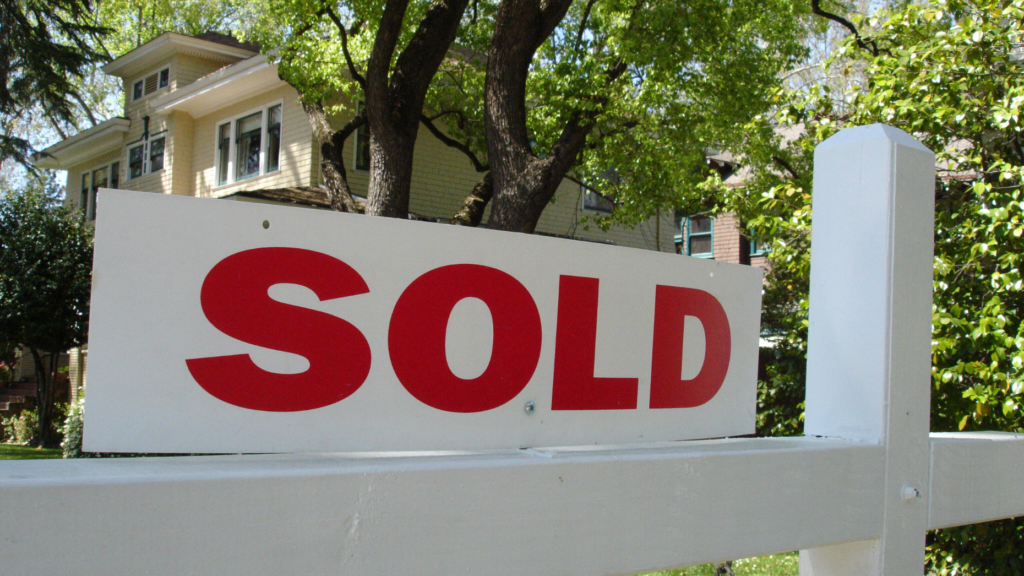Existing-home sales fell 4.2 percent year over year to a seasonally adjusted rate of 3.86 million in August as buyers awaited the Fed’s decision to cut rates, according to National Association of Realtors data
Whether it’s refining your business model, mastering new technologies, or discovering strategies to capitalize on the next market surge, Inman Connect New York will prepare you to take bold steps forward. The Next Chapter is about to begin. Be part of it. Join us and thousands of real estate leaders Jan. 22-24, 2025.
The summer homebuying season closed on a disappointing note, with August existing-home sales declining 4.2 percent year over year and 2.5 percent month over month to a seasonally adjusted rate of 3.86 million.
Existing home sales — which include single-family homes, townhomes, condominiums and co-ops — declined annually in all four regions, with the South experiencing the biggest drop in activity (-6.0 percent).
TAKE THE INMAN INTEL INDEX SURVEY FOR SEPTEMBER
The median existing-home sales price rose 3.1 percent year over year to $416,700, representing the 14th consecutive month of annual increases. Unsold inventory also experienced a minimal boost, rising 0.7 percent month over month to 1.35 million units, equaling 4.2 months of supply at the current sales pace.

Lawrence Yun
National Association of Realtors Chief Economist Lawrence Yun said August’s paltry performance was due to a greater share of homebuyers waiting for an anticipated drop in mortgage rates. The Federal Reserve dropped the federal funds rate by half a percentage point on Wednesday, which could be the catalyst for a more robust fall homebuying season.
“Home sales were disappointing again in August, but the recent development of lower mortgage rates coupled with increasing inventory is a powerful combination that will provide the environment for sales to move higher in future months,” Yun said in a written statement. “The home-buying process, from the initial search to getting the house keys, typically takes several months.”
“The rise in inventory – and, more technically, the accompanying months’ supply – implies home buyers are in a much-improved position to find the right home and at more favorable prices,” Yun added. “However, in areas where supply remains limited, like many markets in the Northeast, sellers still appear to hold the upper hand.”
Several economists chimed in on Thursday’s report, echoing Yun’s hope for a positive end to an otherwise topsy-turvy year for home sales.

Danielle Hale
“So far, those buyers who waited may be glad that they did,” Realtor.com Chief Economist Danielle Hale said in an emailed statement. “Not only have mortgage rates continued to fall into early September, but we’re also nearing a seasonal sweet spot for homebuyers, when competition usually wanes, home prices ease, and time on market tends to grow.”
“In fact, these seasonal trends led Realtor.com to identify Sept 29 – Oct 5 as the Best Time to Buy for home shoppers nationwide, with some regional variation before and after this week in markets around the country,” she added.
Bright MLS Chief Economist Dr. Lisa Sturtevant said the rate drops are key to stimulating home sales; however, there’s still a major part of the equation that needs to be solved: affordability.

Dr. Lisa Sturtevant
“Affordability is still going to be a challenge for many buyers, despite lower rates,” she said in a written statement. “In August, the median home price rose by 3.1 percent year-over-year, and prices have risen by 50 percent over the past five years, according to NAR’s data.”
She added, “While well-priced homes will still attract a lot of buyers, sellers need to be prepared to negotiate not only on price, but also on concessions, including home inspection and appraisal contingencies, and closing cost assistance.”
Email Marian McPherson

